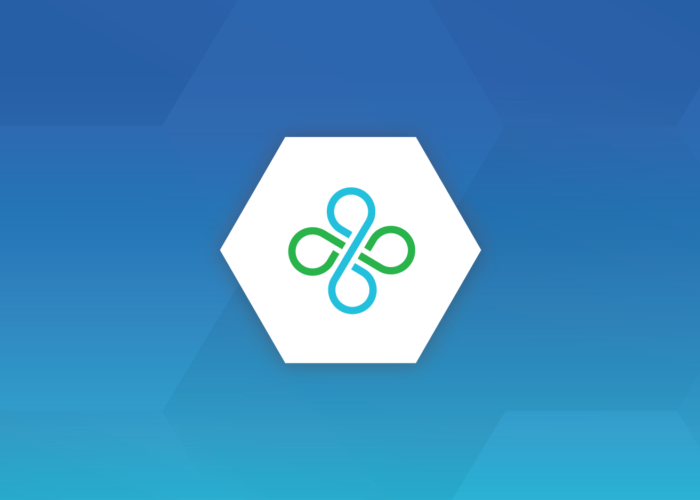Response and Resolution: Delivering True Customer Success (Part 2)
Part 2 of our Customer Success article series is here. This 3 part series means to provide an insider look at Alyne’s Customer Success Team. In this second article, Felix Schock talks about one integral part of our service delivery: Ongoing Support.
Welcome to part two of the Customer Success article series. While part one was focussed on the transformation our team has gone through over the past two years, today’s feature focuses on one integral part of our service delivery: Ongoing Support.
We believe that every team member should be able to contribute according to their skills and preferences but on a broader scale, weekly activities among the Customer Success team members are partitioned as follows:
|
Sales Support |
Account Management |
Training and Functional Sparring |
Ongoing Support |
Internal Topics |
|
20% |
30% |
30% |
10% |
10% |
Naturally the illustrated figures are not equally distributed among team members, as some specialise in sales support whereas others contribute a significant share of their time to internal topics such as the further development of our product or our control library.
Four out of the five aspects above are directly customer (or soon-to-be customer) facing. In that respect, besides a friendly and competent contact person, functionality, availability and reliability are of the utmost importance.
Functionality comes with our application and the availability of it is proven by our average uptime: 99.996% availability in 2020.
Measuring the reliability of our Customer Success function is a bit more complicated due to the nature of various touch points and many non-standardizable activities. Additionally, satisfaction and sound cooperation are usually reflected in growing relationships and mutual appreciation – both aspects that are hard to measure.
A measurable part of our service delivery is the compliance with SLAs – which are of particular importance for ongoing support. As a data-driven tech-company we do record and report SLA relevant KPIs and derive actionable insights from these numbers.In order to provide you with an inside view into our dashboard, relevant parameters and thus into our support performance, I’d like to take you through some of the cornerstones of our reporting. One thing should be mentioned first: We encourage our customers to use the channel [email protected] for all things communication – be it scheduling a training session or reporting an issue – as we want to treat every incoming message with the same attention before triaging. Also, as a B2B SaaS, we are delivering high-touch support since we are assisting our clients with both, functional expertise and technical support.
Let’s have a look at the Messages received last month:
|
October 2020 |
September 2020 |
|
310 (up by 23%) |
243 (up by 8%) |
The numbers themselves don’t seem to say much. Yet, in our opinion, every message expresses a ‘to be solved’ customer request and subsequently, the following KPIs are important for us:
- First Response Time
|
October 2020 |
September 2020 |
|
4h 49min (up by 2%) |
4h 42min (down by 6%) |
Let’s put this a bit into context: When a message arrives in our shared inbox, it is automatically assigned to the team member in charge of the respective customer and at the same time appears in a ticket chain to which the CS team has access to. This allows us to cover urgent requests from each other’s accounts.
- Messages Resolved on First Reply
|
October 2020 |
September 2020 |
|
49% (up by 8%) |
41% (up by 2%) |
Functional questions, which account for more than 50% of the received messages, are usually resolved on the first reply. To me the above number is a clear indicator of the deep functional knowledge of our team and the fact that our customers value their input and opinion.
- Resolution Time
|
October 2020 |
September 2020 |
|
15h 53min (down by 59%) |
1day 15h (up by 118%) |
The most important KPI: How fast are we solving our customers challenges? Of course extreme outliers can skew the numbers on a monthly basis but given the fact that our standard SLAs include an enquiry response within 24hours and a resolution target of three business days, I’d say that we as a team are performing quite well.
As we calculate these figures in real-time we always have full transparency of our ongoing support performance and – more importantly – know whether we are meeting our SLAs.
Besides trust in our customer relationships and KPIs we do monitor another indicator: The so-called happiness score. An indication about customer satisfaction which we are obtaining from support tickets. We use it with care as such feedback is usually a bit biased since people tend to give reviews following negative experiences. However, taking a look at our 2020 numbers so far, makes us quite happy:
|
Great |
Okay |
Not Good |
|
90% |
9% |
1% |
*Based on 79 ratings obtained from 11% of our customer base.
Get in touch with our team to learn more about how Mitratech’s product, service and support are anbaling customers to achieve great results in their organization.



